Lecture #8: Chinese Writing and Calligraphy
1/5
There's no tags or description
Looks like no tags are added yet.
Name | Mastery | Learn | Test | Matching | Spaced |
|---|
No study sessions yet.
6 Terms
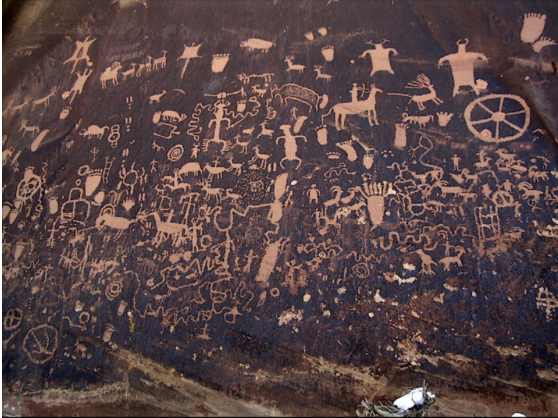
Tse’ Hone (Diné: Rock that Tells a Story
Significance:
In the context of exploring the diverse functions of writing beyond recording spoken language, "Tse’ Hone" holds significance as a tangible example of writing serving as a medium for storytelling and cultural expression.
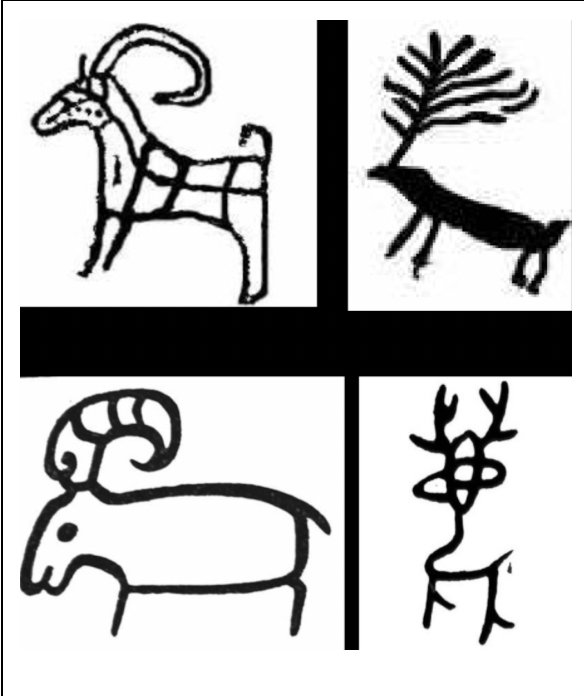
Rock art petroglyphs / Shang bronze inscriptions
Pictography
Significance:
Exemplify the diverse functions of pictographic writing beyond mere recording of spoken language. These ancient forms of writing, spanning from the Shang dynasty to later periods, served as mediums for storytelling, religious rituals, and historical documentation.
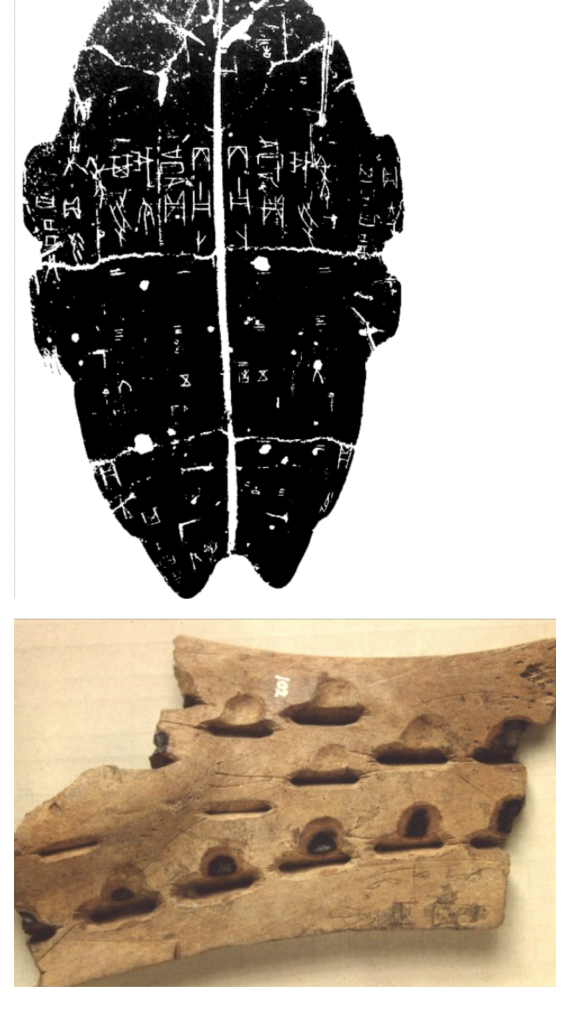
Shang oracle bone script
Significance:
Dating back over 3000 years, these inscriptions served a dual purpose of divination and record-keeping for the Shang dynasty. Despite its ancient origins, oracle bone script laid the foundation for the evolution of Chinese writing systems, ultimately shaping the modern characters still in use today.
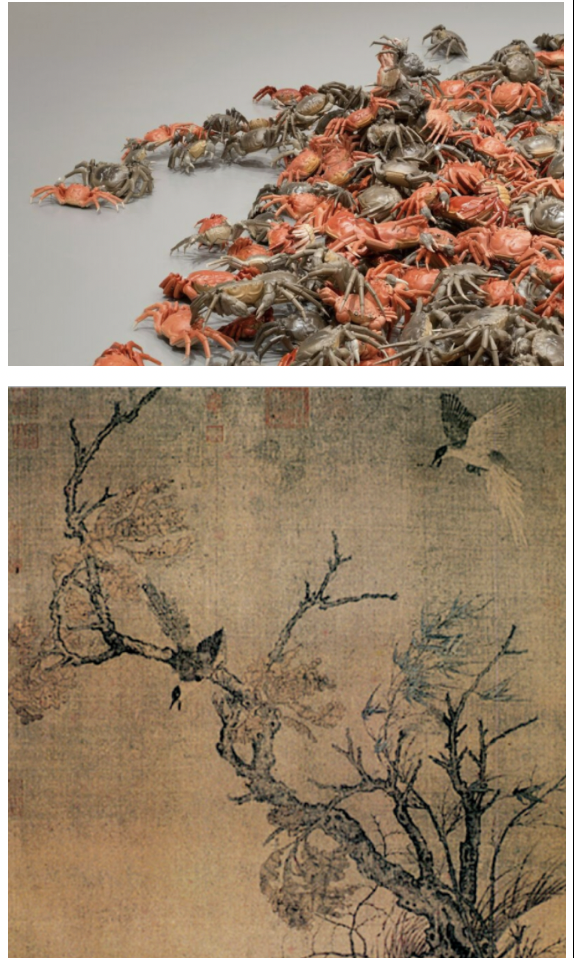
Ai Weiwei “Crabs”
River crabs = harmonize
AND
Cui Bo (“Shuang xi tu”)
Significance:
Both works epitomize the concept of symbolic communication through visual art. Much like "Shuang Xi," which symbolizes "double happiness" through visual imagery, "Crabs" communicates layers of meaning beyond literal script, demonstrating the diverse ways in which art serves as a medium for expression and cultural discourse.
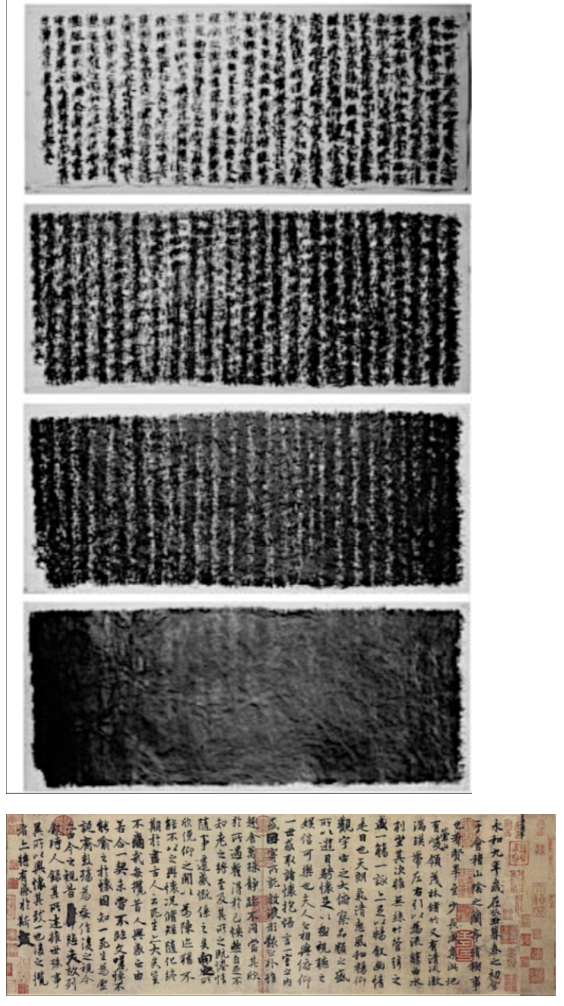
Qiu zhijie Writing the “Orchid Pavilion Preface” One Thousand Times
AND
Early Tang copy of Wang Xizhi’s “Preface to the Poems composed at the Orchid Pavilion”
Significance:
Serves as an example of the intersection between calligraphy, repetition, and artistic expression. By meticulously copying Wang Xizhi's revered "Preface to the Poems composed at the Orchid Pavilion," Qiu underscores the idea that writing is not solely about conveying information but also about embodying a form of spiritual and artistic meditation.